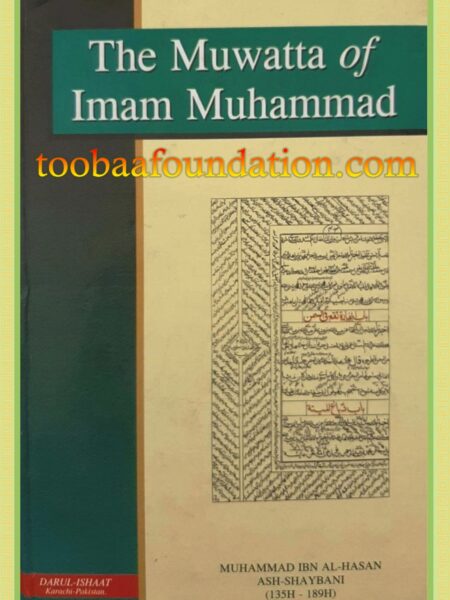- help@toobaafoundation.com
Welecome To Toobaa Book Foundation A Non-Profit Organization To Help People To Read And Download Books Free Of Cost
https://www.kursusseomedan.com/
Mitsubishi Medan
https://www.dealerhondamedan.net/
https://www.toyotamedan.net/
https://www.daihatsumedan.org/
https://www.wulingmedan.net/
https://www.hyundaimedan.net/
https://www.suzukimedan.net/
https://www.hyundaimedan.com/
https://divisi303.org/
https://divisi303.club/
https://www.hongkonglottoku.com/
https://www.sydneylotto.club/
Mitsubishi Medan
https://www.dealerhondamedan.net/
https://www.toyotamedan.net/
https://www.daihatsumedan.org/
https://www.wulingmedan.net/
https://www.hyundaimedan.net/
https://www.suzukimedan.net/
https://www.hyundaimedan.com/
https://divisi303.org/
https://divisi303.club/
https://www.hongkonglottoku.com/
https://www.sydneylotto.club/
Useful Links
Menu
Visitor
0
Subscribe Now
Don’t miss our future updates! Get Subscribed Today!
©2019. Toobaa Foundation. All Rights Reserved.



